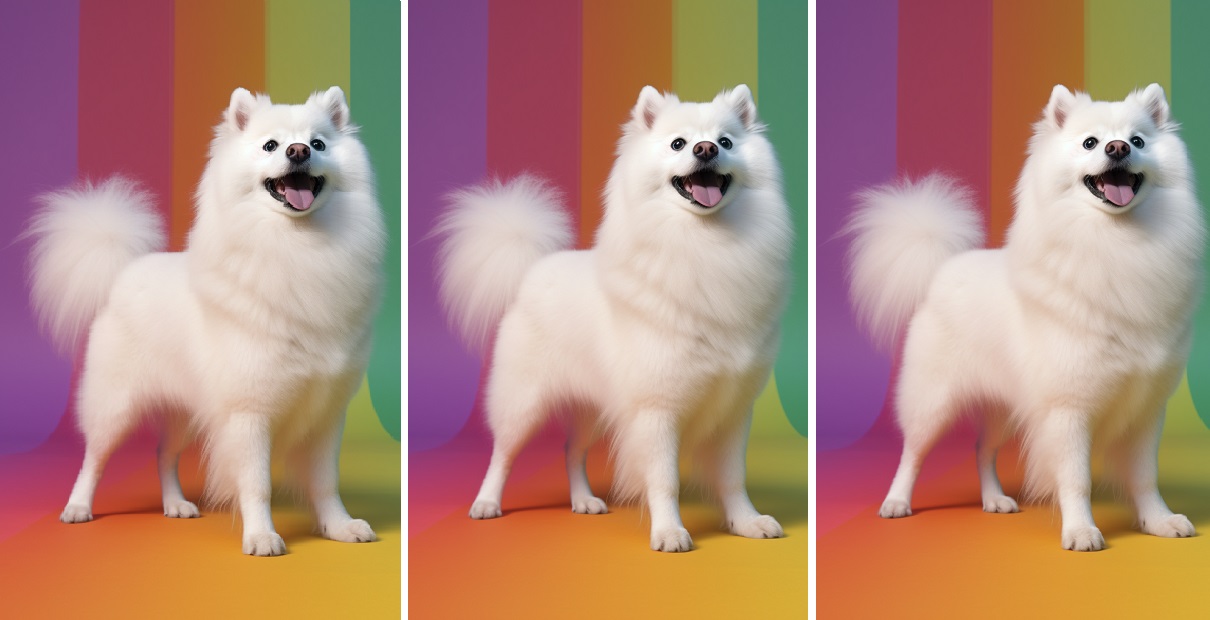Understanding the Best Camera for Your Creative Needs
In the world of modern content creation, choosing the right tool can significantly impact your output. The debate between the DJI Osmo Pocket 3 and the iPhone 15 Pro centers around which device offers superior image quality, ease of use, and versatility for creators. Let’s dive into a detailed comparison to help you decide which camera suits your needs best.
Key Takeaways:
- DJI Osmo Pocket 3 excels with its dedicated camera capabilities, offering a 1-inch 9.4-megapixel sensor and 4K recording up to 120fps.
- iPhone 15 Pro provides multi-use functionality with a 48-megapixel sensor, 4K at 60fps, and impressive stabilization features.
- Consider the specific needs of your content creation workflow, such as low-light performance, stabilization, and usability in various environments.
User Experience and Handling
When it comes to user experience, both cameras offer unique advantages depending on your shooting preferences and environment. The Osmo Pocket 3 is designed for simplicity and efficiency, reminiscent of earlier models with enhanced features and usability. On the other hand, the iPhone 15 Pro integrates its camera seamlessly into a multi-functional smartphone, offering a familiar interface with touch controls.
Osmo Pocket 3 Highlights:
- Compact and lightweight, ideal for discreet filming in public settings.
- Physical buttons and joystick for intuitive control, minimizing screen interaction.
- Pre-set options for quick setup in different lighting conditions, enhancing usability on the go.
iPhone 15 Pro Highlights:
- Touchscreen interface with additional functionality through apps like the Blackmagic camera app for advanced controls.
- Integrated into a versatile smartphone, providing access to editing tools and instant sharing capabilities.
- Superior weather resistance compared to the Osmo Pocket 3, suitable for various environmental conditions.
Image Quality and Performance
When evaluating image quality, both cameras deliver impressive results but excel in different scenarios. The Osmo Pocket 3’s dedicated camera setup ensures consistent performance in controlled environments, offering precise exposure control and high-quality footage. Meanwhile, the iPhone 15 Pro leverages its computational photography capabilities for versatile shooting conditions and seamless integration with mobile workflows.
Osmo Pocket 3 Performance:
- Excellent low-light capabilities with a 1-inch sensor and 10-bit Dlog.
- Built-in gimbal for smooth footage, making it ideal for dynamic shots and vlogging.
- Fixed 20mm lens with f/2.0 aperture, optimized for clarity and depth of field control.
iPhone 15 Pro Performance:
- Adaptive ProRes log for enhanced dynamic range and color accuracy.
- Multiple focal lengths for flexible framing and composition.
- Advanced stabilization technology for steady footage in various shooting scenarios.
Practical Considerations: Use Cases and Recommendations
Choosing between the Osmo Pocket 3 and iPhone 15 Pro ultimately depends on your specific content creation needs and shooting preferences. Creators focused on dedicated videography may lean towards the Osmo Pocket 3 for its superior camera performance and portability. In contrast, those prioritizing versatility and mobile integration may find the iPhone 15 Pro more suitable for seamless integration into their daily workflow.
Recommendations:
- For Dedicated Videography: Opt for the DJI Osmo Pocket 3 if you prioritize image quality and dedicated camera controls.
- For Versatile Mobile Integration: Choose the iPhone 15 Pro for its multi-functional capabilities and seamless mobile editing and sharing options.
Conclusion
In conclusion, both the DJI Osmo Pocket 3 and iPhone 15 Pro offer compelling features for content creators, each catering to different aspects of modern videography and photography. Whether you prioritize dedicated camera capabilities or seek versatility in a smartphone, understanding these nuances will help you make an informed decision that aligns with your creative goals.
For further exploration, consider testing both cameras in real-world scenarios or exploring detailed reviews and user feedback to solidify your choice based on your unique needs.












